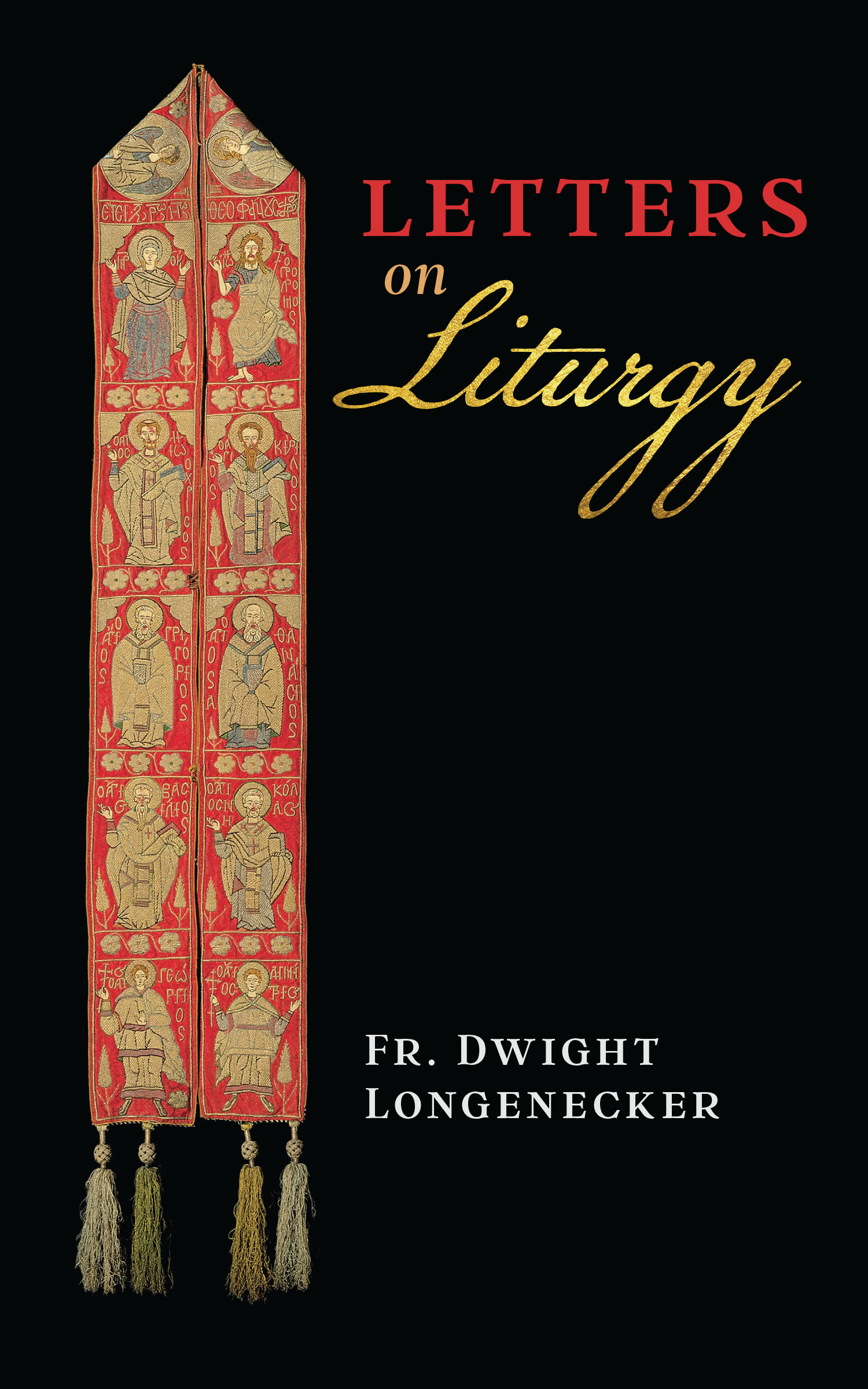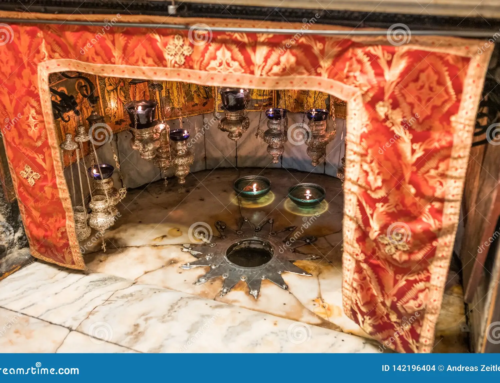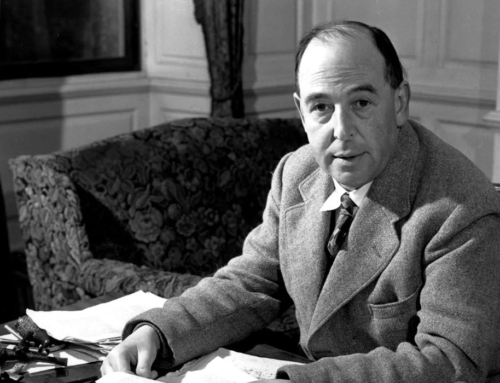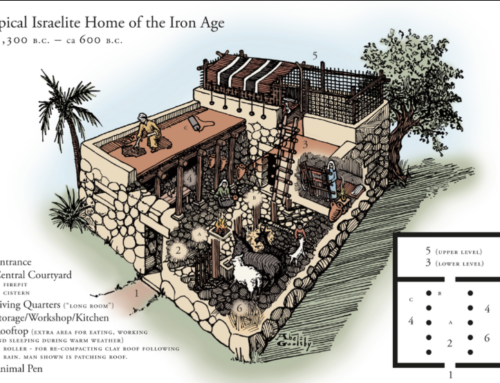It’s always exciting when that box of books arrives and it is the latest of one’s own to be published. I’m really pleased to be working with Angelico Press on Letters on Liturgy. They’ve produced a handsome cover for a little book I hope will have some influence and help turn the tide of the decay of the liturgy in our age. Letters on Liturgy is not an expert analysis or an academic exercise. It is not a detailed prescription of what must be the correct way to celebrate the liturgy. Instead it is a simple contribution from my own background and experience–offered with the hope that it might inspire and assist pastors and seminarians and enlighten and enrich laypeople who love the liturgy and are concerned for reverence and re-enchantment of our lives of worship.
To whet people’s appetite I’m publishing here today the introduction to the book.
I hope you enjoy it!
I used to study theology and philosophy. I enjoyed digging into books with long footnotes, German quotes, and bulging bibliographies. I read books that discussed in ever-so-serious tones the theories, histories, and ideologies of the liturgy.
Now, being older much lazier and not much wiser, I find such books tedious. Much of what I read seems to have been written before by better writers more succinctly. I grow impatient with all the references to boost arguments that are only read by people who already agree with them. It seems to me the authors are overthinking the problems and coming up with merely theoretical solutions. Remembering the doltish emperor in Amadeus who, when asked what he thought of Mozart’slatest opera pondered for a moment and said, “It has too many notes,” in reading these books I sigh and say, “They have too many words.”
But then I go right ahead and produce another such book, theorizing about the liturgy and doing some amateurish theological and psychological speculation. I admit it: I am a dilettante. I am the theological equivalent of the poetaster or the Sunday afternoon painter. It is very possible that I have written a book of balderdash which also has too many words. On the other hand, as a priest friend has said, “The liturgy is too important to be left to experts!”
In an attempt to make the book less tedious and more accessible and practical, my thoughts are set out using the epistolary style. They are posed as letters to a seminarian named Michael. “Michael” is no one in particular, and the letters are not really letters.
I offer these thoughts on the liturgy as a parish priest and someone who has come into this maddening and glorious calling of Catholic priesthood from the world of speech, drama and English literature. I’m interested in how language works, the dynamic of drama and the chemistry of emotions. I’m fascinated by the hero’s quest, the idea of catharsis in literature and how our emotions both constrain us and inspire. I like Joseph Campbell’s Hero with a Thousand Faces and Bruno Bettleheim’s The Uses of Enchantment and ponder how the alchemy of myths and fairy tales enlighten the sacred Scriptures and inform the mysterious exchange that takes place in the liturgy.
Speaking of enchantment, it is a sad truth that we live in the most disenchanted era of human history. Our utilitarian, techno-scientific world is obsessed with being useful. We have no room for magic, no time for the mysterious, the metaphysical, or the mystical. All of our angels have fallen—being fired down from full flight with a fusillade of facts. We are told that the sacraments are no more than symbols, that demons are merely the projection of our immature, terrified minds, and that all things mystical have turned out to be figments of a diseased imagination. What our ancestors thought was supernatural we are told is no more than a blip in the brain, a chemical reaction in the cerebellum, or a bad dream caused by an excess of pickled herring.
Our present state of mind is the result of half a millennium of increasingly wooden thought. From the nominalists onward, each succeeding generation was less imaginative and more literal. Each generation of thinkers took apart the supernatural world like the foolish boy who took apart the alarm clock looking for time. Bit by bit they dismantled the mythological, dissected the dogmas, and dismissed the miracles. They forgot Gandalf’s dictum that “he who takes something apart to understand what it means departs from the path of wisdom.” The result is our brave new world which is rational, hygienic, efficient and economical… and exceedingly dull.
We became disenchanted while at the same time longing for a greater meaning to life. Modern man is searching for his soul, but the Catholic Church, the one religion which still maintained the mystery of cultic worship and an unsettling system of sacrifice, dumbed itself down into a suburban therapy session, with a happy meal thrown in.
The one religion that acknowledged the need for cosmic redemption and the majesty of divine worship—the one religion that believed in sin, the fearsome possibility of hell, and the poignant hope of heaven threw out all that “Blood of the Lamb” malarkey in favor of psychotherapy. The one ancient religion which prayed for the dead, promoted apparitions of the Blessed Mother, believed in miracles, and stressed the need for supernatural salvation effectively threw all of that out in the revolution of the 1960’s as fast you could say, “All We Are Saying is Give Peace a Chance.”
The one religion that ministered to peasants and princes, celebrated as saints both a dullard like Joseph Cupertino and the brilliant Thomas Aquinas, could both allow garish kitsch and embrace the glories of the Gothic, revel in the history of Rome and die in the dungeons of the gulag, produce little saints like Thérèse and astounding heroes like Isaac Jogues—this amazing, curious, unpredictable, subversive, and supernatural church became ho-hum. It became useful and socially relevant and about as interesting as the country club, the Rotary club, or the local library.
In other words, Catholics became disenchanted, and I use the word in both senses. Catholics became disenchanted with their church because their church had become disenchanted. In other words, they became disappointed and cynical because their once-glorious liturgy had become a blend of a pep rally and bland entertainment, with Father Fabulous presiding at Mass like an aging game show host endlessly trying to crank up enthusiasm for what was behind door number three. Buildings that were designed as beautiful and awesome temples of the Almighty were turned into community centers. New church buildings looked like a blend of parking garage and circus tent while the music of the revolution resembled a cross between activist folk ballads and campfire songs.
Horror of horrors, the Catholic Church had become useful! What a concept! Making the Church useful and relevant is rather like trying to turn La Bohème into a political statement against the low wages of artists and poets. Making the liturgy useful is like writing poetry as Marxist propaganda or regarding tap dancing as a method for losing weight.
The liturgy, like a fairy-tale play, is not meant to be merely useful. It is meant to be enchanting… and that is why we use chant. In a way, it is useful as a bridge is useful. It takes us across a great divide. The church is Bethel—the threshold of heaven—and in the liturgy we participate in the reality of heaven. The liturgy, if you like, is the practical way our society may be re-enchanted. It is a method beyond argument or debate because, like the Mona Lisa, Michelangelo’s Pieta,or The Marriage of Figaro,it simply is.
The liturgy, rightly celebrated, brings millions of ordinary people into not a twilight zone, but a daybreak zone where they do not argue, explicate, or explain; they experience and participate in a conversation with the divine through the wonder of this unique enterprise we call worship.
And although I say our world is disenchanted, is it really? The pompous professors and media monsters would have us think so, but I am a parish priest. I work with children and adults who are ordinary people of simple faith. I am not so sure they are disenchanted, nor am I convinced that they disbelieve in the supernatural, dismiss myth, or scrutinize the faith with science. To be sure, in society at large traditional religion is in decline, but is faith in decline? I’m not convinced.
I do not see crowds of ordinary folks locked in existentialist intellectual anguish or some Nietzschean nightmare. Instead I find many who wholeheartedly believe the truths of the Faith. They do so with a rock-solid certainty spiced with a sweet inquisitiveness. They are curious and reverent, optimistic and trusting. These are not the mentally deficient, the inadequate, or the neurotic. They are solid and plain men, women, and children who live lives full of joy and sorrow, fear and hope. I like them very much.
Furthermore, I do not believe the power of fairy tales and myths is dead in our society. In fact, through superhero movies, science fiction tales, and fantasy sagas, myth and fairy tales are more potent in the popular imagination than ever before. Furthermore, interest in the preternatural, the unexplained and the otherworldly is as high in the popular mind as ever before. It is the modernist clergyman who is embarrassed to discuss such things, and it is the postmodern professors who looking down their noses at hoi polloi who are out of touch and out in the cold.
Therefore, I am optimistic about the re-enchantment of the liturgy, and the re-enchantment of the world through liturgy. People speak of the “reform of the reform.” This is a polite way of saying that the half-baked experiment of modernism in the Catholic Church has been an obvious failure and needs to be overhauled. Let us not talk of “reform” but of renewal—the renewal of that which is ever ancient and ever new.
The traditional celebration of the Mass is transcendent, not trendy. It is transcendent not only because it connects us with the other realm, but also because it transcends particular cultures, time periods, ethnicities, and fashions. Gregorian chant is older than all of us, but ever-fresh. The liturgy with its constant echo of the Passion and Resurrection of the Lord Jesus is older in its archetypal symbolism and drama than the sagas of the Hebrews, the demigods of Delphi, and the horrific pyramids of the Aztecs. Through the liturgy we connect with all that is ancient about humanity’s religious quest. Through the liturgy we send a bucket flying down into the deepest wells of history and the human heart to wheel up from the darkness the freshest of water.
I hope the notes that follow may help in the work of raising and releasing that water, for through it not only is our thirst refreshed, but we are born again.
The paperback edition of the book is $17.95 from my bookstore here. Angelico Press has also released a handsome hardback edition at $27.95. Go here to check it out. The book is also available at Amazon here and at Angelico’s website here. Before too long I also hope to record the audio book version and publish the e-book, but for now just hard copies.







Leave A Comment
You must be logged in to post a comment.